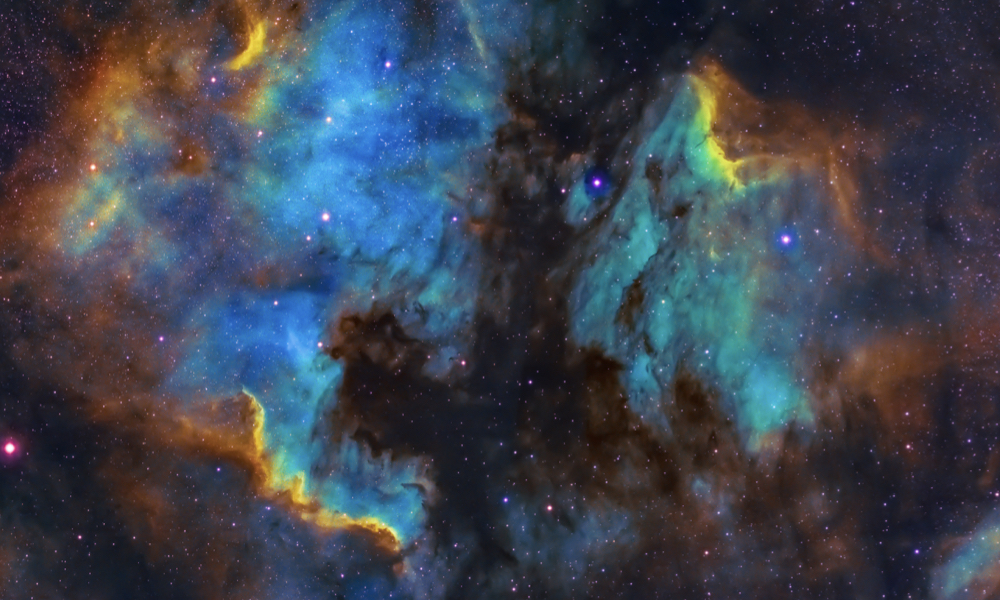
ESA Open Invitation To Tender AO8629
Open Date: 29/04/2016
Closing Date: 10/06/2016 13:00:00
Status: ISSUED
Reference Nr.: 16.1EE.02
Prog. Ref.: TRP
Budget Ref.: E/0901-01 – TRP
Special Prov.: BE+DK+FR+DE+IT+NL+ES+SE+CH+GB+IE+AT+NO+FI+PT+GR+LU+CZ+RO+PL+EE+HU
Tender Type: C
Price Range: 200-500 KEURO
Products: Satellites & Probes / System Engineering Software / Environment Models and Computational Tools / Radiation belts, Solar energetic particles, Galactic cosmic rays, ¿
Technology Domains: Spacecraft Environments and Effects / Space Environment / Numerical modelling of environments
Establishment: ESTEC
Directorate: Directorate of Technical & Quality Manag
Department: Electrical Engineering Department
Division: Electromagnetics and Space Environment D
Contract Officer: Fabrizi, Lavinia
Industrial Policy Measure: C3 – Activities restricted to SMEs & R&D organisations, prefe…
Last Update Date: 29/04/2016
Update Reason: Tender issue
Low-altitude near-equatorial orbits are increasingly being proposed for missions such as XIPE as a means of minimizing exposure to radiation that causes damage and interference to instrument sensors. These orbits are selected because they allow a spacecraft, according to standard models, to stay just outside the high radiation environment of the South Atlantic anomaly (SAA). However, the characteristics of the edges of the SAA are not nearly as well understood as its peak and the environment predicted to be actually experienced by a satellite in this kind of orbit is very sensitive to the details of steep flux gradients in terms of latitude and altitude. Hence it is not surprising that the AP8 and AP9 models can give widely different mission fluences in this region. These models are based on data from different spacecraft and a different modelling coordinate system in this region. Apart from the SAA, satellites in this orbit encounter a population of charge exchange produced, trapped, lower-energy protons very close to the equator. Changes to the radiation fluxes due to space weather related and seasonal atmospheric heating, as well as the drift motion of the SAA itself due to changes in the Earth’s internal magnetic field, mean that the radiation environment will experience significant variability and evolution. An apparent long-term decline of solar magnetic flux would also imply an increase in the flux of cosmic rays that create the SAA via albedo neutron decay. Significant east-west anisotropies are also found in this region, leading to effects that depend on sensor orientation. This study will examine the data and models relating to ions from around to 100’s MeV. Data from SREM on Proba-1, EPT on Proba-V, other recent relevant data, and older data sets such as AZUR will be examined and results correlated with space weather indices and season. Historical information on the SAA drift and magnetic field models will be used to predict its evolution and the divergence of possible future states. Models that are driven by solar activity/cosmic ray flux and magnetic and atmospheric interactions will be constructed. The main deliverable will be a models of proton spectra in this region as a function of altitude and latitude, including functions describing quasi-random, cyclical and evolving variations. A trade-off of orbital options for a XIPE-like spacecraft will also be delivered. Procurement Policy: C(3) = Activity restricted to SMEs RD Entities. For additional information please go to EMITS news „Industrial Policy measures for non-primes, SMEs and RD entities in ESA programmes”.
If you wish to access the documents related to the Invitation to Tender, you have to log in to the ESA Portal.
